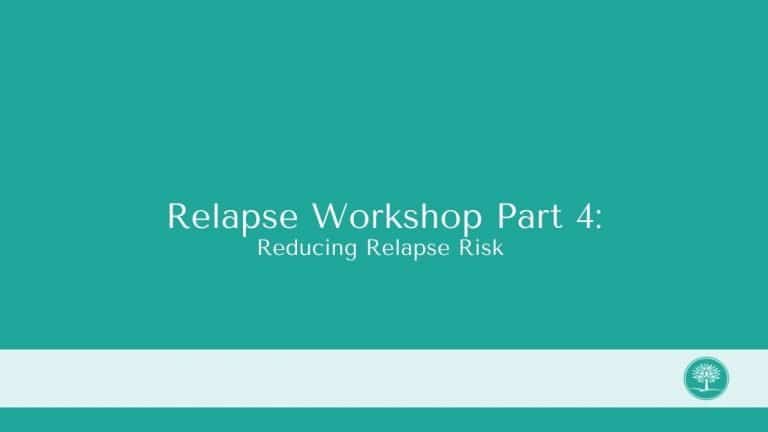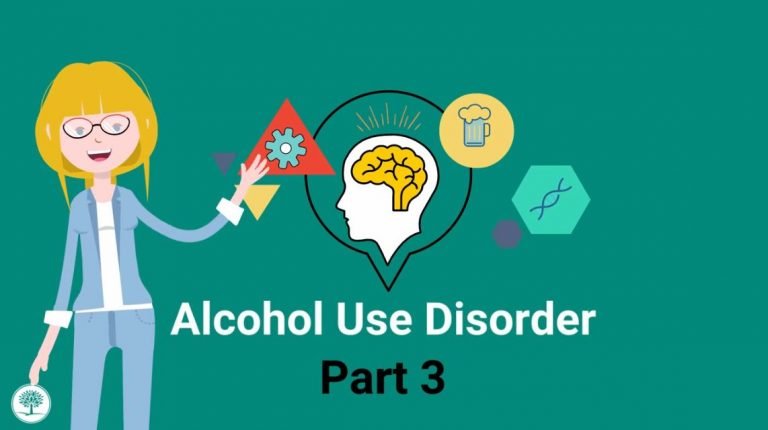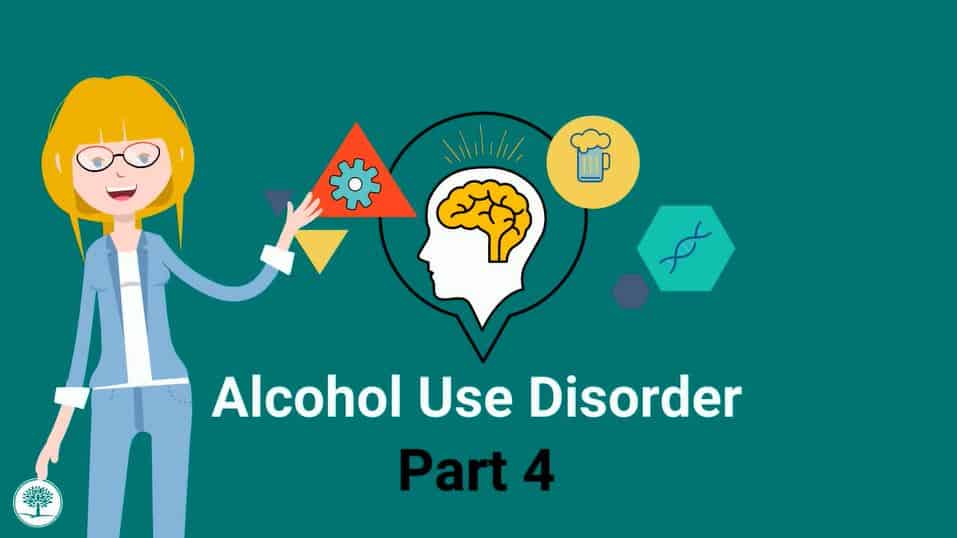Medication Assisted Therapies for Opioid Use Disorder
Today’s lesson will be on medication-assisted therapies for opioid use disorder. You will often hear these therapies referenced as just M.A.T.
After this presentation you will:
- Be able to name 3 medication-assisted therapies for opioid use disorder
- Be familiar with some of the side effect of M.A.T. and
- Be encouraged to talk to a medical provider to see if M.A.T. is right for you.
There are many tools you have to remain sober from opioids once you have been safely detoxed. In addition to Medication-Assisted Therapy after a safe detox, it is recommended all patients continue to engage in treatment. This can include time spent in a residential level of care, partial hospitalization level of care, and/or an intensive outpatient level of care.
And while we do not officially endorse any particular one of these groups, it is encouraged you seek out support groups such as Narcotics Anonymous or Celebrate Recovery. Evidence shows these support groups help patients with substance use disorders maintain sobriety.
Other activities that will help maintain sobriety include quitting smoking, not isolating, exercise as tolerated, maintaining a nutritious diet, getting adequate sleep, and taking all medications as prescribed.
Statistics show that the following medications can help you recover from opioid use disorder, ultimately improve your quality of life, improve your health by minimizing withdrawals and reduce or eliminate cravings. These medications can even blunt or block the effects of illicit opioids, as well as prescriptive opioids such as: Oxycontin, Percocet, buprenorphine, or even methadone.
The following are evidence-based medications used for recovery from opioid use disorder:
Naltrexone, also known as ReVia: naltrexone is a 50-milligram tablet. It was approved by the FDA in 1984 for opioid use disorder and then in 1994 for alcohol dependence treatment. There is a long acting version that came out in 2006 for alcohol use disorder and then 2010 for opioid use disorder. The long acting is extremely effective because you do not have to take pills and once Naltrexone is in your system; it works for about four weeks before you need another shot. It works by blocking the dopamine receptors which cause the “high” from opiates.
Naltrexone does not have any opioid effects. There is no “high” with this medication. Your drug screen will be negative if you are not taking any medication that would show up on a drug screen.
The downside is you have to wait seven to fourteen days before taking Naltrexone if you had been a regular user of any opioid. However, if you are in our program and you are in detox or residential, there is time for you to get off of your opioids before we start naltrexone. We would start with oral tablets first and really encourage the injectable version because it has been shown to be even more effective due to compliance.
Side effects include but are not limited to nausea, headache, dizziness, and tiredness. And these generally go away in the first couple of weeks. It is always good to try these medications before you leave our program.
Buprenorphine products are one of the most common MAT medications prescribed for opioid use disorder. They are very effective.
Suboxone and Zubsolv are probably the most common. They are a combination of buprenorphine and naloxone products.
The purpose of naloxone is to block getting high from buprenorphine if you inject it. It is generally dissolved under the tongue and is taken once a day.
Sublocade is the newest treatment for opioid use disorder. It is a shot. It goes into your abdomen, 300 milligrams monthly for the first two months, then 100 milligrams monthly. The shot is given every 20 to 30 days, depending on the person’s metabolism. And you do not have to worry about compliance, it is in your abdomen and you are good to go. The most important side effects to know about are constipation, headache, sweating and drowsiness. These tend to go away in a couple of weeks.
You should know that while you cannot take opioids for pain when you are on buprenorphine or naltrexone medication. You can take such medications as aspirin, ibuprofen, and Tylenol. in addition, local anesthesia, such as Novocain in a dental procedure, as intended.
The third MAT is methadone which we do not offer. Methadone can only be prescribed by a specialty clinic and is generally taken daily, requiring daily clinic visits.
How do you choose which opioid use medication to take?
You have several choices, whether it is oral, in your mouth or under your tongue, or an injection. In addition, the route is determined by which MAT drug you are taking and which MAT you can access. There is no data showing that one is better than the other. If you have a compliance problem, problem taking your medications regularly, you may want to consider an injection because that will ensure that you have medication on board.
If you have been off of opioids for several weeks, then I would certainly go for the naltrexone because there is no chance of getting high.
If you are at a sensitive job where you may have to drive or operate machinery. That is a time when naltrexone may be considered.
We do have programs that can help you. In addition to our treatment centers, we also offer an Office-Based Opioid Treatment (OBOT) Program. Our prescribers can continue to treat you after you complete your treatment with us. This can be done by telemedicine or face to face.
Evidence shows that if you are participating in a partial hospitalization, intensive outpatient, or outpatient services, in addition to seeing the medical provider for the medication assisted therapy, your outcomes are better.
Evidence also shows that if you are participating in support meetings such as Alcoholic Anonymous or celebrate recovery, your outcomes are improved.
How does our Office-Based Opioid Treatment program work?
All patients sign a contract of expectations and conduct. We recommend that patients have weekly visits with the medical provider for the first four to eight weeks and then bimonthly for the next four to eight weeks and then monthly. Visit frequency will ultimately depend on how well you are doing and how your sobriety is going. All patients will need to participate in random urine drug screening as well as breathalyzer tests.
All patients will have their pharmacy drug monitoring profile (also referred to as PDMP) checked regularly to make sure that the medications they are receiving from their outside providers are consistent with your recovery plan.
We encourage all of you with opioid use disorder to take a medication to aid in your recovery. It will reduce cravings, reduce withdrawal, and hopefully save your life.
Finally, I think it is important to carry naloxone. If you are in our residential programs, we will send you all home with two vials of naloxone, and that is anyone who has the diagnosis of opioid use disorder. If you are in an outpatient center, we will provide you with a prescription for Naloxone. In most states, you can purchase naloxone from any pharmacy without a prescription. Finally, we instruct you on how to use Narcan most effectively should a situation arise where it is necessary.
Thank you for choosing The Recovery Village. If you or a loved one are struggling with mental health or substance abuse and would like to find out more about the programs we offer, please reach out to us directly at 855-387-3291.









